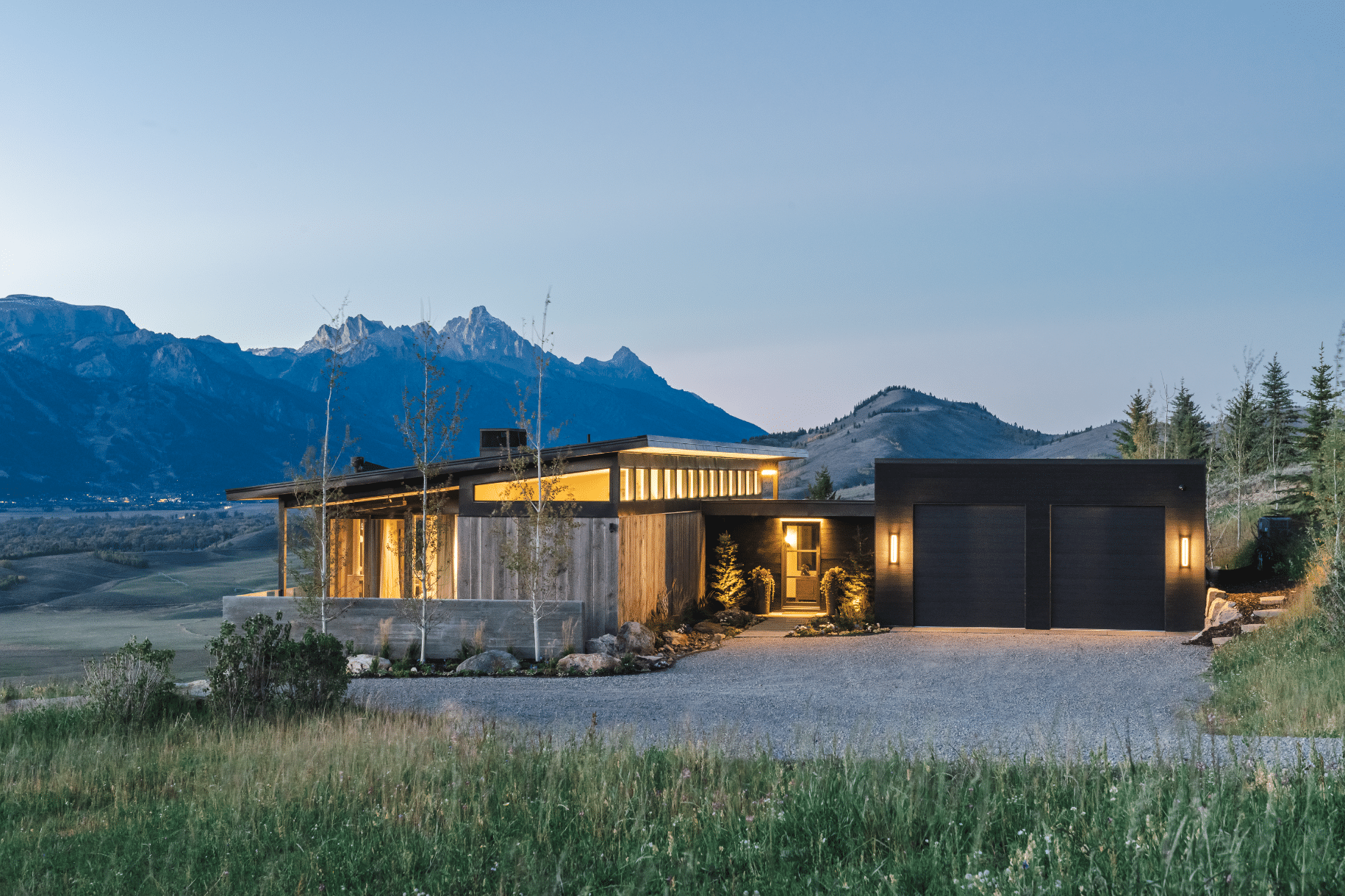Eco-Friendly Architecture in Jackson Hole: Building with Nature in Mind
In the heart of Wyoming, where the rugged peaks of the Teton Range meet the expansive plains of the Snake River Valley, “architect Jackson Hole” has become synonymous with a pioneering movement towards eco-friendly architecture.
This distinctive approach, championed by architects in Jackson Hole, marries luxurious living with environmental stewardship. The breathtaking natural beauty of the area, combined with innovative design thinking, has positioned it as a beacon for sustainable building practices.
Here, eco-friendly architecture is not just a trend but a deeply held commitment—a philosophy upheld by “architect Jackson Hole” that prioritizes minimizing human impact on these pristine landscapes while respecting and preserving the land.
The Philosophy of Eco-Friendly Architecture
Eco-friendly architecture in Jackson Hole is rooted in a philosophy that considers the long-term implications of building on the natural environment.
It’s about understanding the delicate balance between development and preservation, ensuring that our structures fit within the landscape and contribute positively to it. This approach to architecture seeks to reduce carbon footprints, promote energy efficiency, and utilize sustainable materials while enhancing the natural beauty of the surroundings.
Design Principles Guiding Sustainable Construction
Key design principles of eco-friendly architecture include site-specific designs, energy efficiency, sustainable material use, water conservation, and enhancing indoor environmental quality.
Architects in Jackson Hole take great care to ensure that buildings are oriented to take advantage of natural light and warmth, reducing the need for artificial lighting and heating.
Sustainable materials, such as reclaimed wood and locally sourced stone, are favored for their low environmental impact and ability to blend with the natural setting. Water conservation techniques, including rainwater harvesting and low-flow fixtures, are implemented to protect the region’s precious water resources.
Blending With the Landscape
One of the hallmarks of Jackson Hole’s eco-friendly architecture is the seamless integration of buildings with their natural surroundings. This is achieved through thoughtful site selection, where the natural topography is used to inform the design, minimizing alterations to the land.
Buildings are often nestled among existing trees and vegetation to maintain the natural landscape and provide natural cooling. Large windows and outdoor living spaces are designed to frame the breathtaking views, reinforcing the connection between indoor and outdoor environments.
Innovations in Energy Efficiency

These technologies reduce the buildings’ carbon footprint and offer long-term savings to homeowners through reduced utility bills. Architects and builders continually explore new innovations in green technology to push the boundaries of what’s possible in sustainable design.
Community and Culture of Sustainability
The movement towards eco-friendly architecture in Jackson Hole is supported by a community that values sustainability and environmental stewardship.
Local government initiatives, non-profit organizations, and community groups work together to promote green building practices and educate the public about the benefits of sustainable living.
This collective effort has fostered a sustainability culture reflected in the area’s architecture, lifestyle, and community planning.
Challenges and Opportunities
Despite the many successes of eco-friendly architecture in Jackson Hole, there are challenges to be faced, including balancing the demand for luxury homes with environmental sustainability and navigating building regulations that support green initiatives.
However, these challenges also present opportunities for innovation and creativity in sustainable design, driving architects and builders to find new solutions that meet both human needs and environmental considerations.
Looking Forward
As Jackson Hole continues to grow and evolve, the principles of eco-friendly architecture will remain vital to preserving the region’s unique character and natural beauty. By building with nature in mind, we can ensure that this special place remains a sanctuary for wildlife, a haven for outdoor enthusiasts, and a model for sustainable living. The eco-friendly architecture of Jackson Hole stands as a testament to what is possible when we choose to live in harmony with the natural world, offering a path forward for communities everywhere to follow.
In conclusion, the eco-friendly architecture movement in Jackson Hole is more than just a way of building; it’s a way of life that respects the environment and seeks to leave a positive legacy for future generations. Through innovative design, sustainable practices, and a community committed to conservation, Jackson Hole is leading the way in eco-friendly architecture, proving that luxury and sustainability can go hand in hand.







